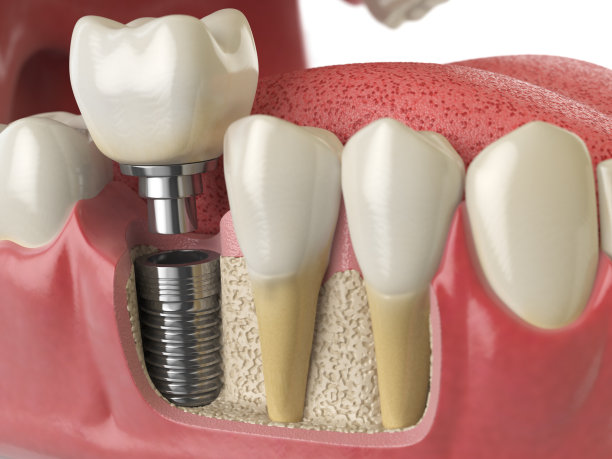The Essential Guide to Extracting a Tooth Safely and Comfortably for Improved Dental Health
Summary: Extracting a tooth can be a daunting experience, but it doesnt have to be. This essential guide outlines the best practices for safely and comfortably extracting a tooth to promote improved dental health. From understanding when extraction is necessary to choosing the right methods and preparing for the procedure, this guide provides valuable insights. It emphasizes the importance of professional guidance and discusses aftercare to ensure a smooth recovery. By following these guidelines, patients can approach tooth extraction with confidence, knowing they are making informed decisions to enhance their oral health.
1. Understanding the Need for Tooth Extraction

Tooth extraction is typically considered when a tooth is severely decayed, infected, or has sustained irreparable damage. Recognizing the signs necessitating extraction is crucial, as it allows individuals to consult a dental professional early. Symptoms such as intense pain, swelling, or visible tooth mobility should not be ignored.
Aside from obvious issues like decay, extractions may also be required for orthodontic reasons. Crowding or misalignment can sometimes make it necessary to remove one or more teeth to ensure proper alignment of the rest. Understanding these reasons prepares individuals for candid discussions with their dentist.
Moreover, wisdom teeth extraction is a common procedure among young adults. As these third molars often become impacted or fail to fully emerge, their removal can prevent future dental problems. Before proceeding, it’s vital to have a thorough evaluation to determine the necessity of the extraction.
2. Preparing for a Safe Tooth Extraction
Preparation for tooth extraction is essential for ensuring that the procedure is safe and comfortable. The first step involves a comprehensive dental examination where your dentist will assess the tooth and surrounding area. This may include X-rays to visualize the root structure and surrounding bone.
Patients are also encouraged to discuss their medical history with their dentist, including any medications they are taking. This is crucial, as certain drugs can complicate the procedure or interfere with healing. Based on this assessment, dentists may provide specific pre-operative instructions to follow.
Additionally, understanding the types of anesthesia available can help patients feel more at ease. Local anesthesia is typically used to numb the area, while sedation options can be discussed for individuals with anxiety about the procedure. Being informed about these choices empowers patients to select what feels best for them.
3. The Tooth Extraction Procedure Explained
The tooth extraction procedure can vary depending on the tooths condition and location. Generally, it begins with the administration of anesthesia to ensure the patient remains pain-free throughout the process. Local anesthesia will numb the specific area, while sedation techniques may create a relaxed state.
Once the patient is comfortable, the dentist will begin the extraction. For a simple extraction, the tooth is loosened with specialized instruments and then carefully removed. However, for more complex extractions, such as impacted wisdom teeth, an incision may be necessary to access the tooth.
Throughout the procedure, dentists employ care to minimize trauma to surrounding tissues. After the tooth is removed, they will take steps to control any bleeding, typically by placing gauze over the extraction site. The dentist will then provide post-operative instructions for care and recovery, which are crucial for preventing infection and ensuring proper healing.
4. Aftercare for a Smooth Recovery
Following a tooth extraction, proper aftercare is vital to ensure a smooth recovery process. Initially, patients are advised to keep pressure on the extraction site with gauze to help control bleeding. It’s essential to follow the dentists directions closely during this recovery phase.
Patients should also be mindful of their diet post-extraction. Soft foods are preferable for the first few days, as they are easier to eat and reduce the risk of disrupting the healing site. Foods like yogurt, applesauce, and smoothies can provide necessary nutrition while being gentle on the mouth.
Additionally, maintaining good oral hygiene while avoiding the extraction site is crucial. Gentle rinsing with warm salt water can aid in cleaning the area without causing irritation. Keeping up with follow-up appointments allows the dentist to monitor healing and address any concerns that may arise.
Summary:
In summary, understanding the necessity of tooth extraction, preparing adequately, knowing what to expect during the procedure, and following aftercare guidelines are all critical components for a successful outcome. These steps can significantly enhance dental health and ensure a positive experience for patients undergoing tooth extraction.
This article is compiled by Vickong Dental and the content is for reference only.



